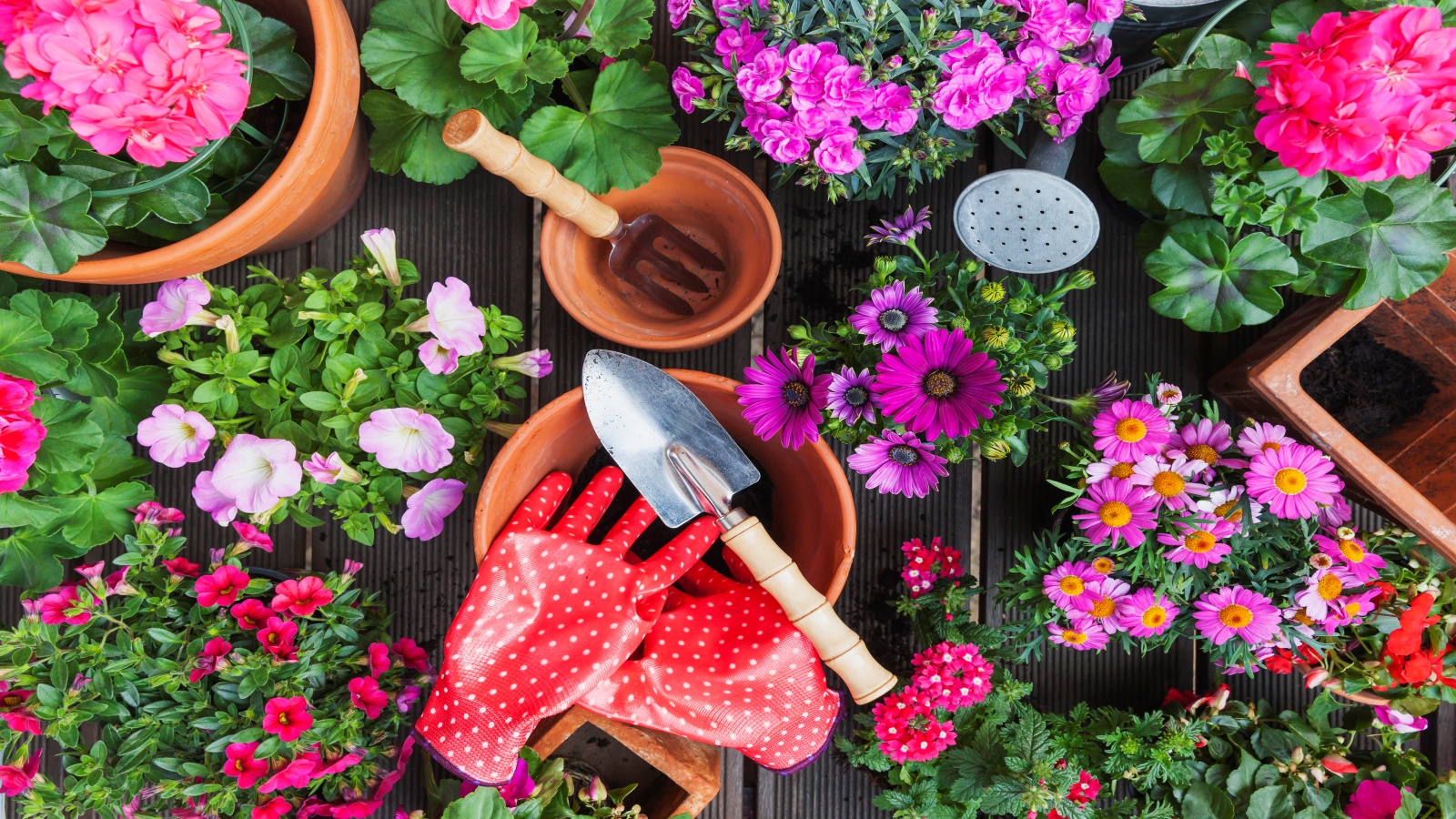
I have been writing my summer gardening checklist because there is so much to do in the backyard right now that if I don’t, I’m bound to forget some essential jobs.
Everything is growing like crazy, and every day presents a fresh set of tasks to do to keep my backyard ideas and planting looking their best.
I find the best way to get through them all is to take the ‘little and often’ approach, as this keeps our yard looking good and also helps me to unwind at the end of the day.
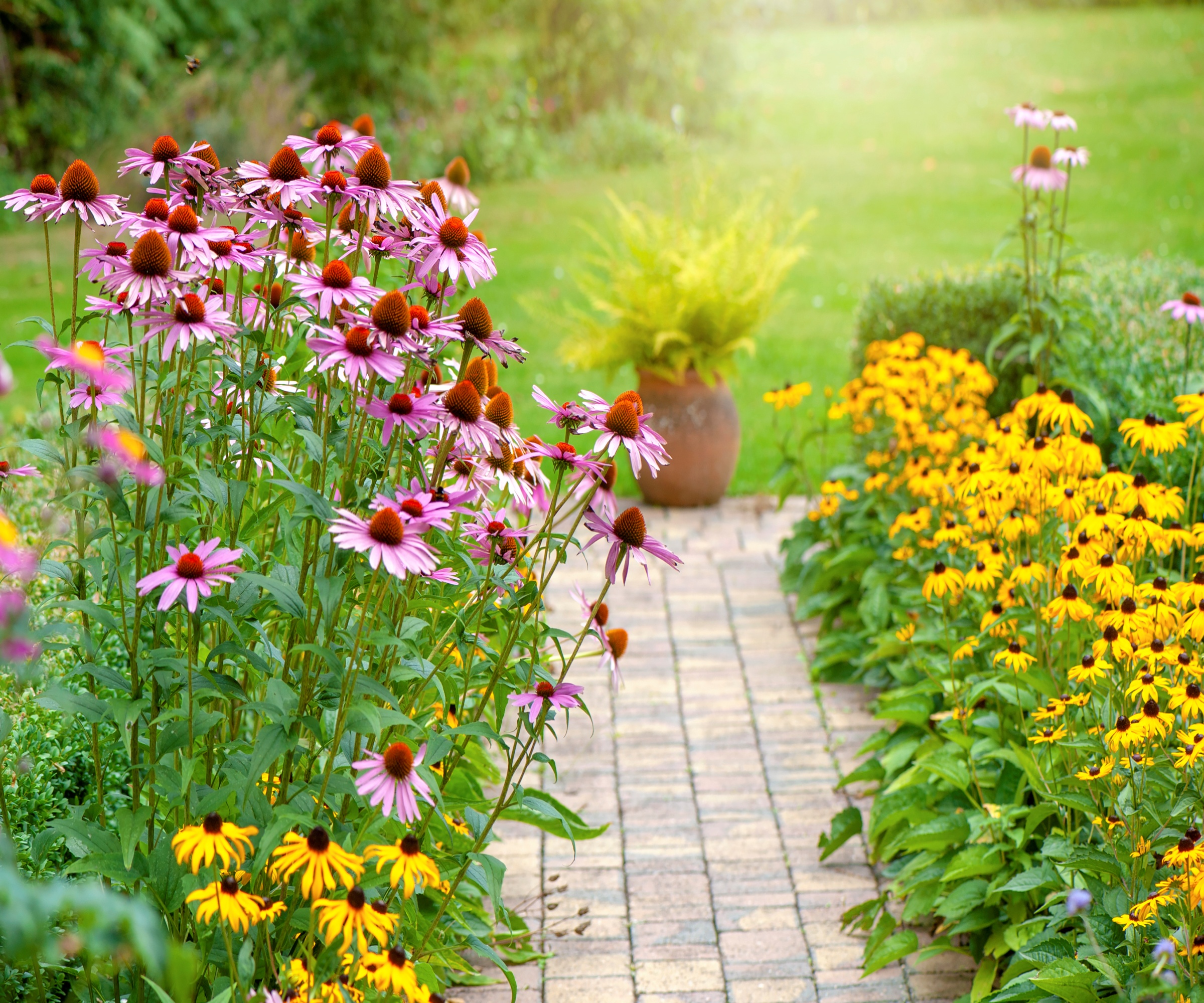
11 top jobs for the summer garden
Here are the 11 jobs we think are essential to keep your garden and houseplants thriving all summer and well into the fall.
1. Prune stone fruit
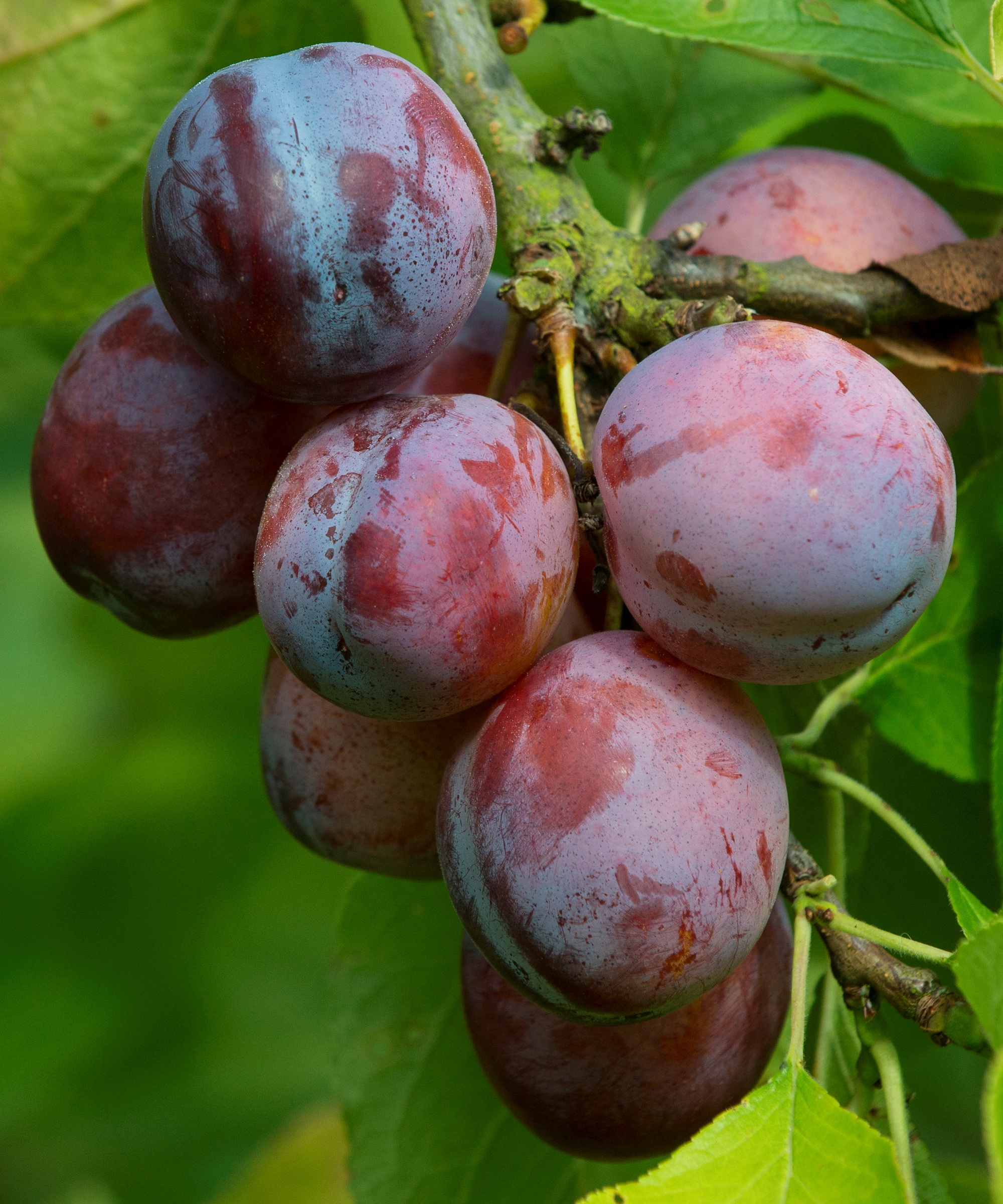
Midsummer is the time to prune plum trees, gages, apricots and cherries.
Unlike most other deciduous fruit trees that are pruned when they are dormant in the fall, these varieties can be susceptible to a fungal problem called silver leaf disease which releases its spores from late summer and through the winter.
To keep them safe from contamination, they need to be pruned when there is less chance of contracting silver leaf, which is a short window in midsummer.
As when pruning all trees and shrubs, always use suitable tools that are sharp and clean to avoid damaging the wood and spreading diseases. I like these best-selling gonicc 8in Bypass Pruning Shears from Amazon for slimmer branches, and turn to a foldable pruning saw such as this sturdy Rexbeki folding saw with a 14in blade on Amazon for thicker pieces of wood.
Branches higher up can be easily tackled with long-handled loppers like these Fiskars 28in bypass loppers, which are a best-seller on Amazon.
Remove any branches that are dead, dying or diseased - diseased wood should be cut back to clean, healthy material. Then take out any branches that are weak or spindly or growing inwards, as they can block airflow through the plant and look messy.
Symptoms of silver leaf are a silvery sheen on leaves, and a dark staining in the wood when it is cut. On older, dead wood you may find bracket fungi with a white upper surface and purple-brown underside.
If your tree has contracted silver leaf, cut back affected branches to healthy wood 4-6in beyond diseased material and dispose of it immediately, then disinfect your pruning tools.
2. Prepare indoor and garden plants for your vacation
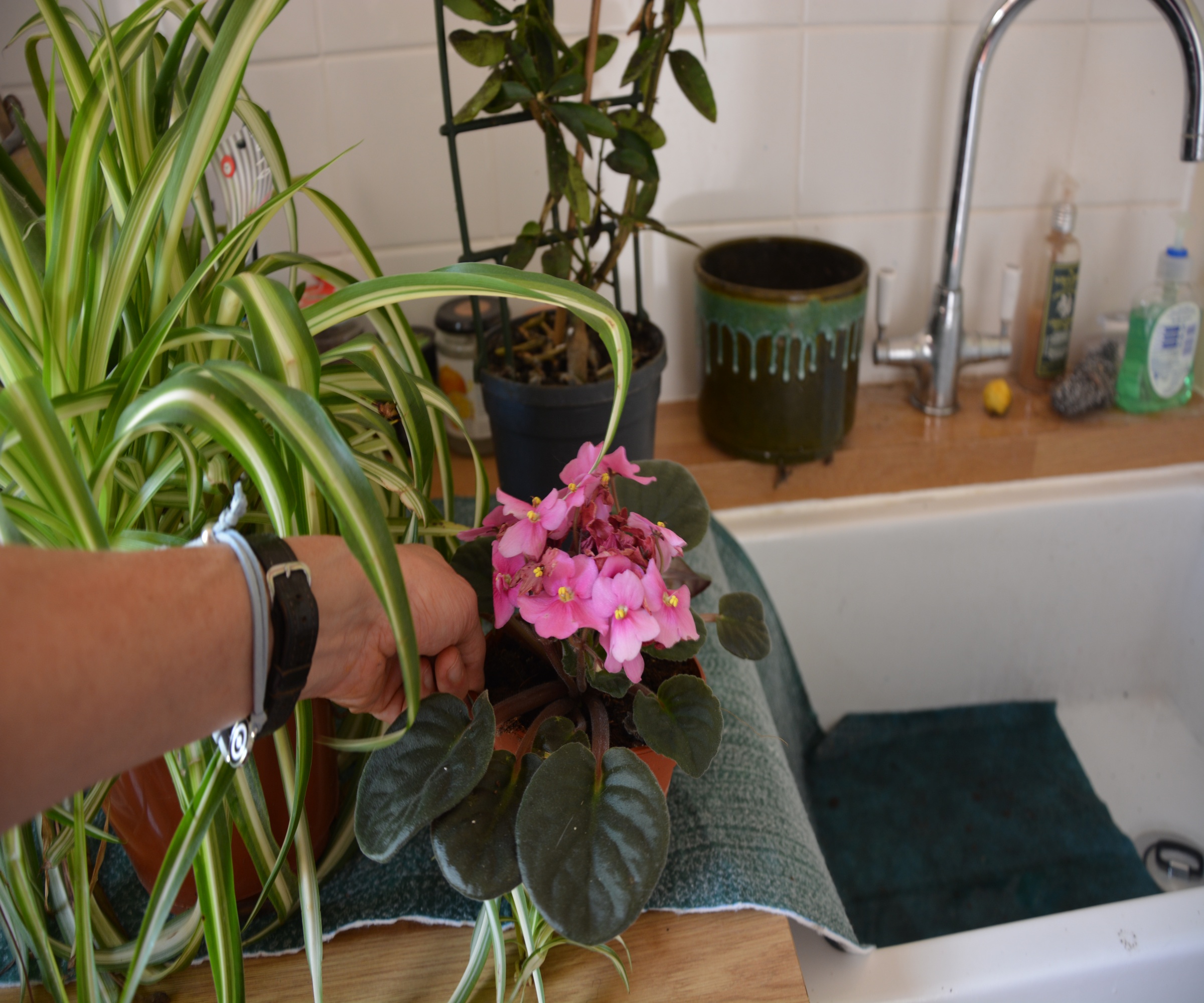
There’s always a lot to do before going on holiday, but in the rush to pack your suitcases and check your travel documents, don’t forget to make sure your garden is in good shape before you go.
Deadhead plants, get rid of weeds and mow the lawn. Prioritize which plants need the most water, such as crops in growbags, as well as patio planters and baskets. If you are worried about their welfare, invest in an automatic irrigation system such as the highly-rated Drip Irrigation System available at Amazon.
These can be attached to a timer, like Amazon's best selling Orbit 62061Z Single-Outlet Hose Watering Timer, that is secured to a garden tap. You set the timer and can go on your vacation safe in the knowledge that your plants will be irrigated in your absence.
For patio planters I also like to use bottle drippers such as these attractive terracotta vacation plant waterers on Amazon. They are attached to a bottle filled with water and liquid tomato feed, and release a gradual stream of food and moisture to keep your plants thriving.
Water and fertilize greenhouse plants and leave the door ajar and window open so plants are well ventilated and less likely to overheat. A couple of bowls of water placed around the greenhouse will also help reduce temperatures and raise humidity, keeping the atmosphere healthy .
Don't forget to harvest and store any ripe crops and don't neglect your indoor plants. Water them before you go away and move them to cool rooms - I use the bathroom and stand plants in the tub with a little water at its base.
Another option is to stand plants on absorbent capillary matting, like this top-rated automatic plant watering system on Amazon, that has an end dipped in a bowl of water. That way plants will receive an adequate supply of moisture in your absence.
3. Look after patio containers and hanging baskets
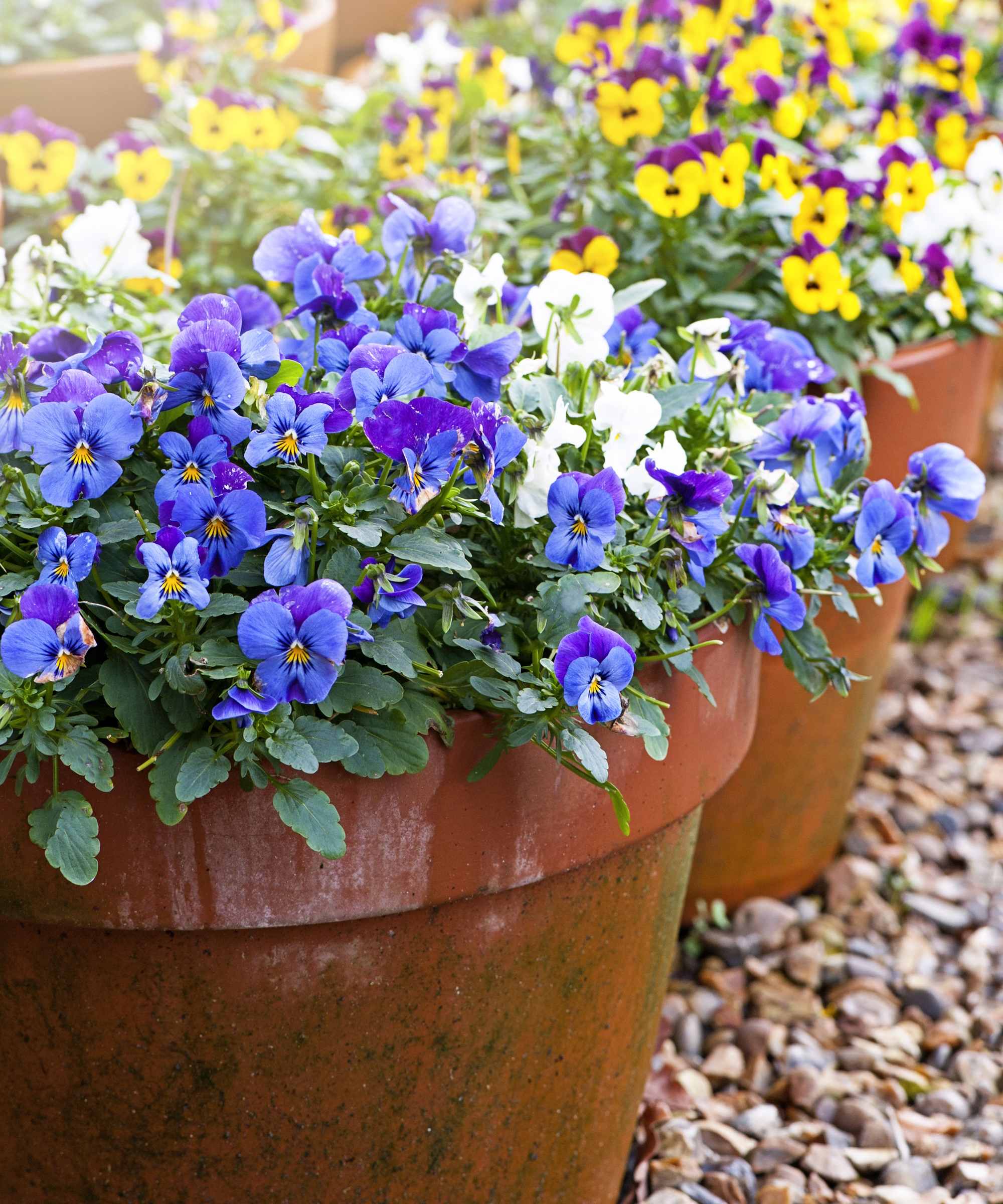
You have created your container garden ideas and planted baskets with the best basket plants and trailing plants, and they should be looking beautiful now so here’s a list of things to do to keep them looking that way.
Because they have a high density of plants growing in a confined space, they soon get through available supplies of food and also need watering with care.
Check the compost every couple of days by sticking your finger in up to the first knuckle. If it feels dry, water the plants but if there is still moisture there, wait until the following day.
Once flower buds have formed and started to open, start feeding the plants fortnightly with a solution of tomato fertilizer like the keenly-priced Farmer's Secret Tomato Booster on Amazon which is high in potassium that encourages better blooming.
Watch out for pests, removing slugs, snails and caterpillars by hand. If plants suddenly fade and die you may have vine weevil grubs eating their roots, so treat the compost with a solution of Nature's Good Guys beneficial nematodes, available on Amazon.
Deadhead regularly to keep blooms coming. You may want to use snips for sticky-sapped petunias.
4. Take softwood cuttings
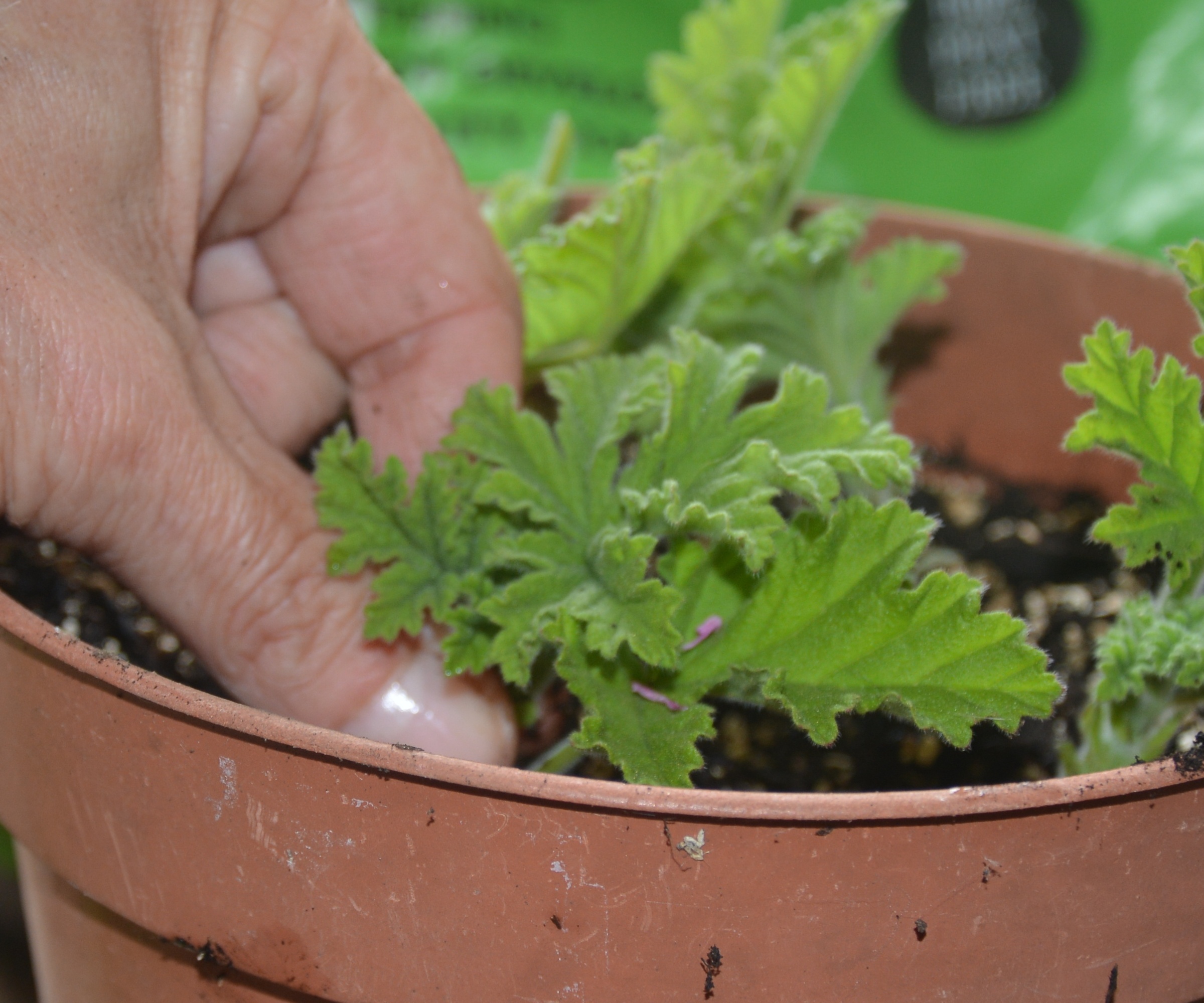
Midsummer is the perfect time for taking cuttings from plants such as tender perennials including pelargoniums, penstemons and fuchsias.
Not only do they act as an 'insurance policy' against plants dying in winter, they give you free plants to choose from next year when you are playing around with flower bed ideas or wondering what to include in your summer container ideas.
Take cuttings now, avoiding some commonly made cuttings mistakes, and they will have time to grow large enough to be moved into their own pots before the colder weather arrives.
Softwood cuttings are taken from this season’s growth and should root quickly. Keep them in the greenhouse or cool room indoors and they will be ready to move outdoors next year after the frosts have finished.
5. Move some houseplants outside
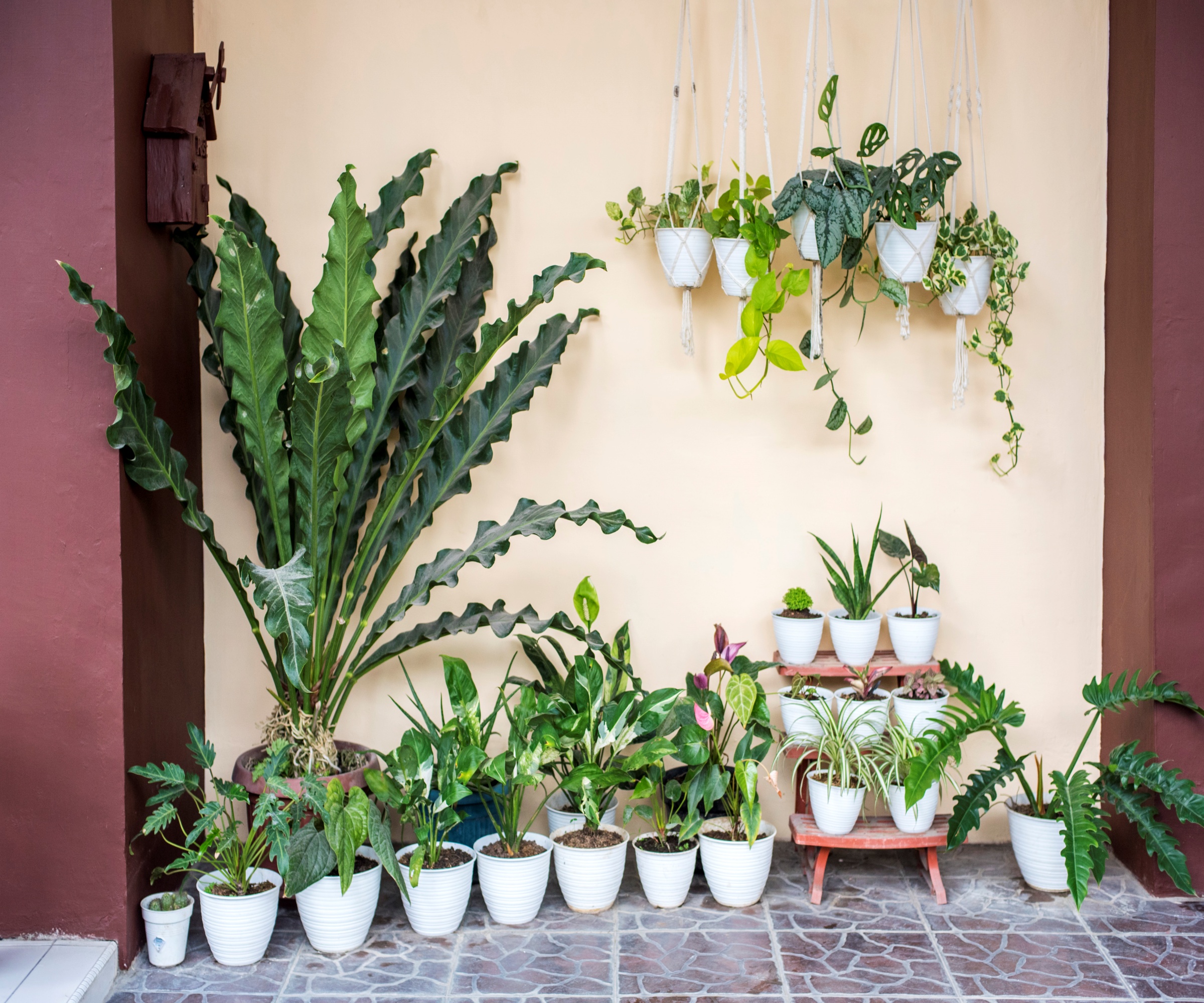
We all benefit from being outside in summer - so why should our houseplants be any different?
Several varieties can be safely moved outside in summer, but knowing when to move houseplants into the garden is key to their survival. Wait until the temperatures are reliably mild, especially at night, and never move them out if frosts are still a possibility as most houseplants come from temperate zones and can’t handle freezing conditions.
Move them out gradually, a few hours a day to start with, then bring them in at night until they have acclimatized to outside conditions. Start them somewhere with light shade and gradually move them into a sunnier spot, though leafy houseplants such as calathea and anthurium prefer to be out of direct sun.
Indoor plants will benefit from having their leaves washed clean by rain (though take care that cacti and succulents don’t rot), and light breezes will help strengthen their stems and branches - though if storms are forecast, move them somewhere sheltered.
Always check your plants’ growing requirements before moving them outside as some, such as moth orchids and Ficus benjamina (weeping fig - one of the best indoor trees) don't like being moved, especially outside.
Plants with furry leaves such as African violets should also be kept indoors as rain will damage the attractive appearance of their leaves. Bring them back indoors when temperatures drop in the fall, and don’t forget to check them for pests.
6. Keep up with pest patrols
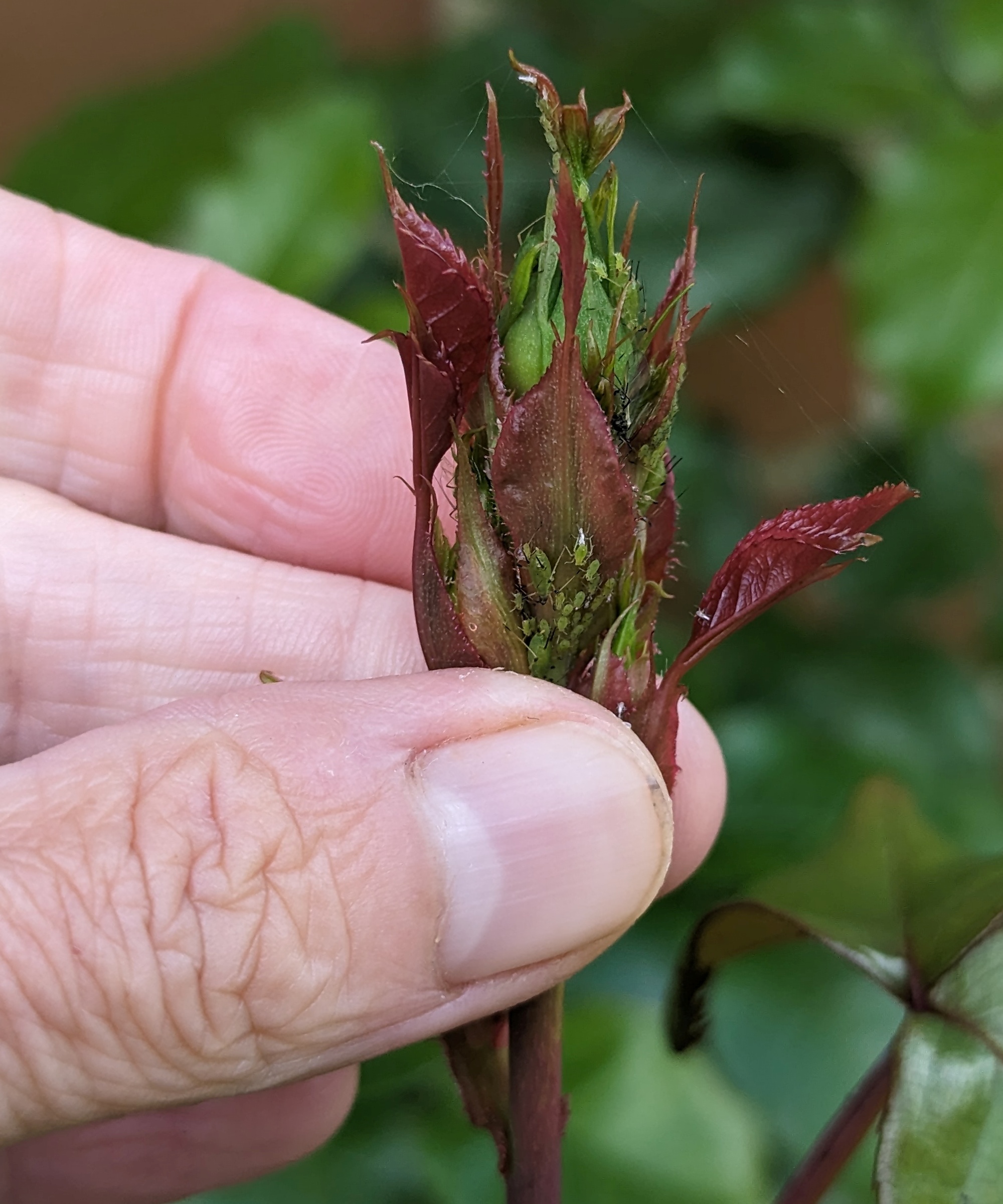
A summer garden is an ‘all you can eat’ buffet for pests and a ripe breeding ground for diseases unless we are not careful to keep them in check.
Many gardeners and gardening organizations such as the Royal Horticultural Society in the UK are moving away from using chemical sprays to get rid of unwanted bugs. By doing so you will boost the natural diversity within your yard and the birds, predatory insects such as beneficial ladybirds and animals that make it their home will help to keep pest numbers down.
The easiest way of preventing unwanted infestations is to keep a close eye on plants and remove small colonies of pests by hand before they become unmanageable, picking off slugs, snails and caterpillars and squishing aphids.
Using biological controls will also help. These are natural predators, often parasitic wasps such as Encarsia formosa that predate whitefly (available from Nature's Good Guys on Amazon), or microscopic mites or eelworms, that target specific pests then die off at the end of the season when their food supply has gone.
7. Nip plant diseases in the bud
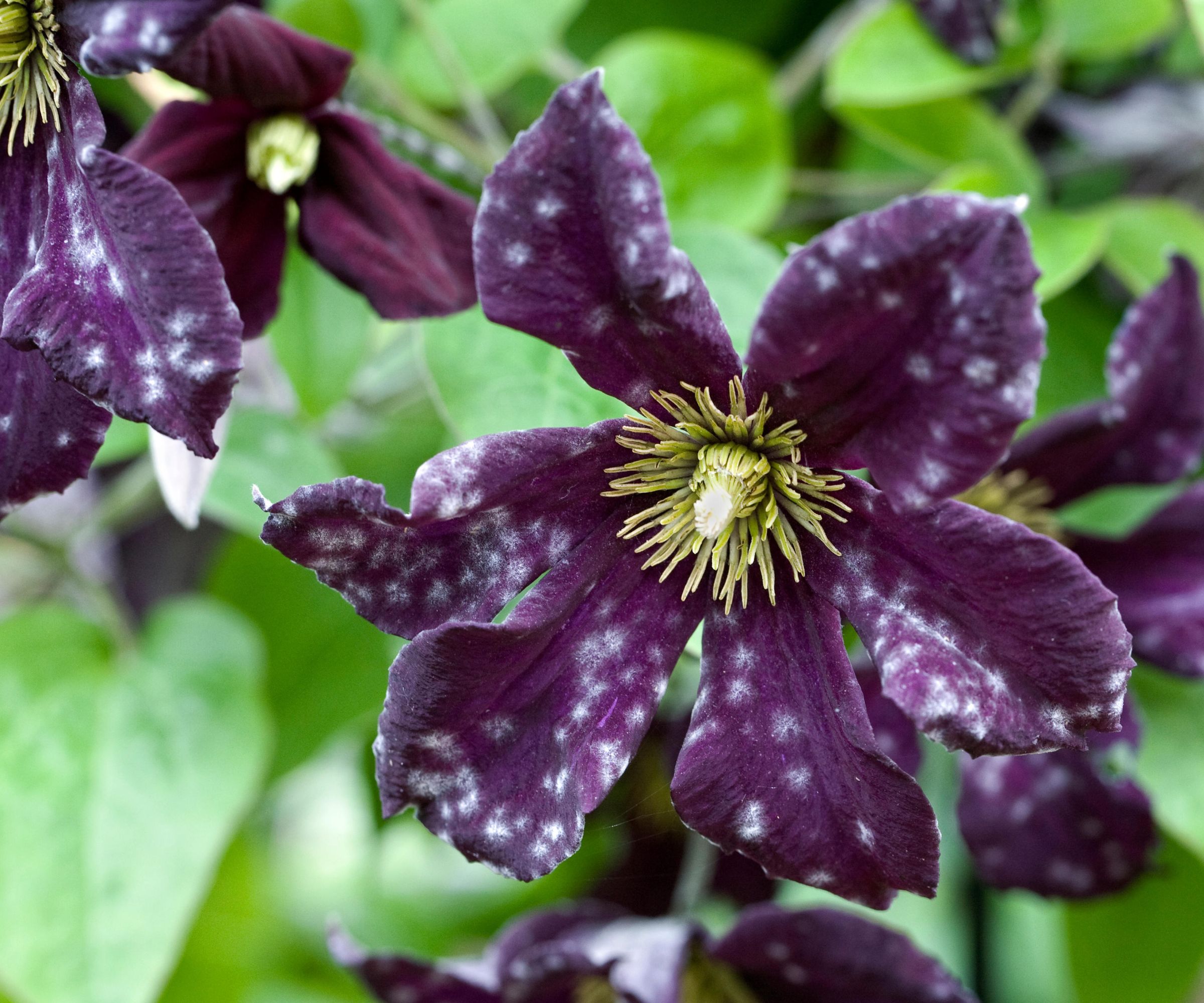
We all worry about diseases spreading through our plants and the best way you can help prevent this is to start with healthy plants.
Always buy from a reputable seller and make sure that the plants you take home have glossy leaves, aren’t pot bound (turn them over to check there are no roots poking out through the drainage holes) and don’t have moss and weeds growing amazon their compost as this can show they have been on sale for a long time.
When you plant, check the labels saying how large your plants will grow and give each enough space to grow properly. You should always clean garden pots if you are reusing them, to remove any lingering pests or diseases.
If plants are crammed too close together, air can’t circulate around their leaves and stems which can increase the risk of common fungal diseases such as powdery mildew and hollyhock rust. Close planting also makes it easier for pests to travel from plant to plant.
If you do spot a sign of disease, cut away the affected plant material, or whole plant if the infection is bad, and dispose of it - never add it to the compost. Always clean and disinfect your pruning tools after removing diseased plant material.
So give plants the space they need and feed and water them sufficiently and they will give you healthy blooms and glossy foliage all summer long.
8. Keep your greenhouse healthy
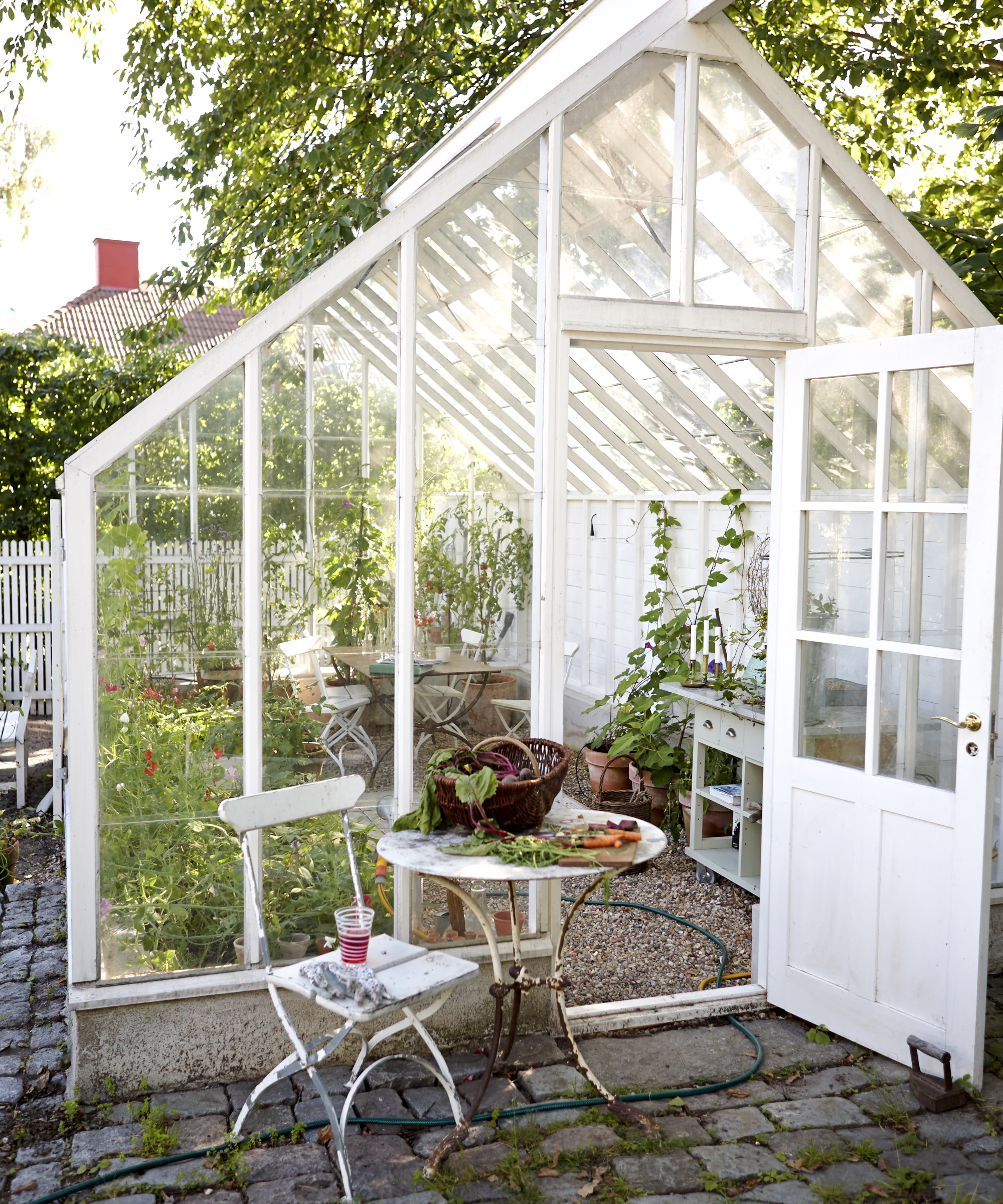
If you have a greenhouse, you need to make sure it is a healthy and safe place for plants to grow. If it gets too hot, plants will wither and scorch, a dry atmosphere encourages spider mites to take up residence, and if plants are overwatered they are at risk of rotting from the base up.
Control the greenhouse’s temperature by improving ventilation with open doors and windows, shading the structure with sun-blocking netting such as this top-rated Cool Area sun shade on on Amazon.
Another option is washable shading paint, like this rain-resistant product from Inspired Cool Glass, also from Amazon. This is applied to the panes in early summer and washed off in the fall.
Damping down the floor in the morning also helps reduce the temperature and raise humidity, which keeps glasshouse red spider mites at bay. These sap-sucking pests can spread disease and weaken plants, but they hate having ‘wet feet’, so keeping compost damp and the air slightly humid helps deter them.
9. Thin young fruits
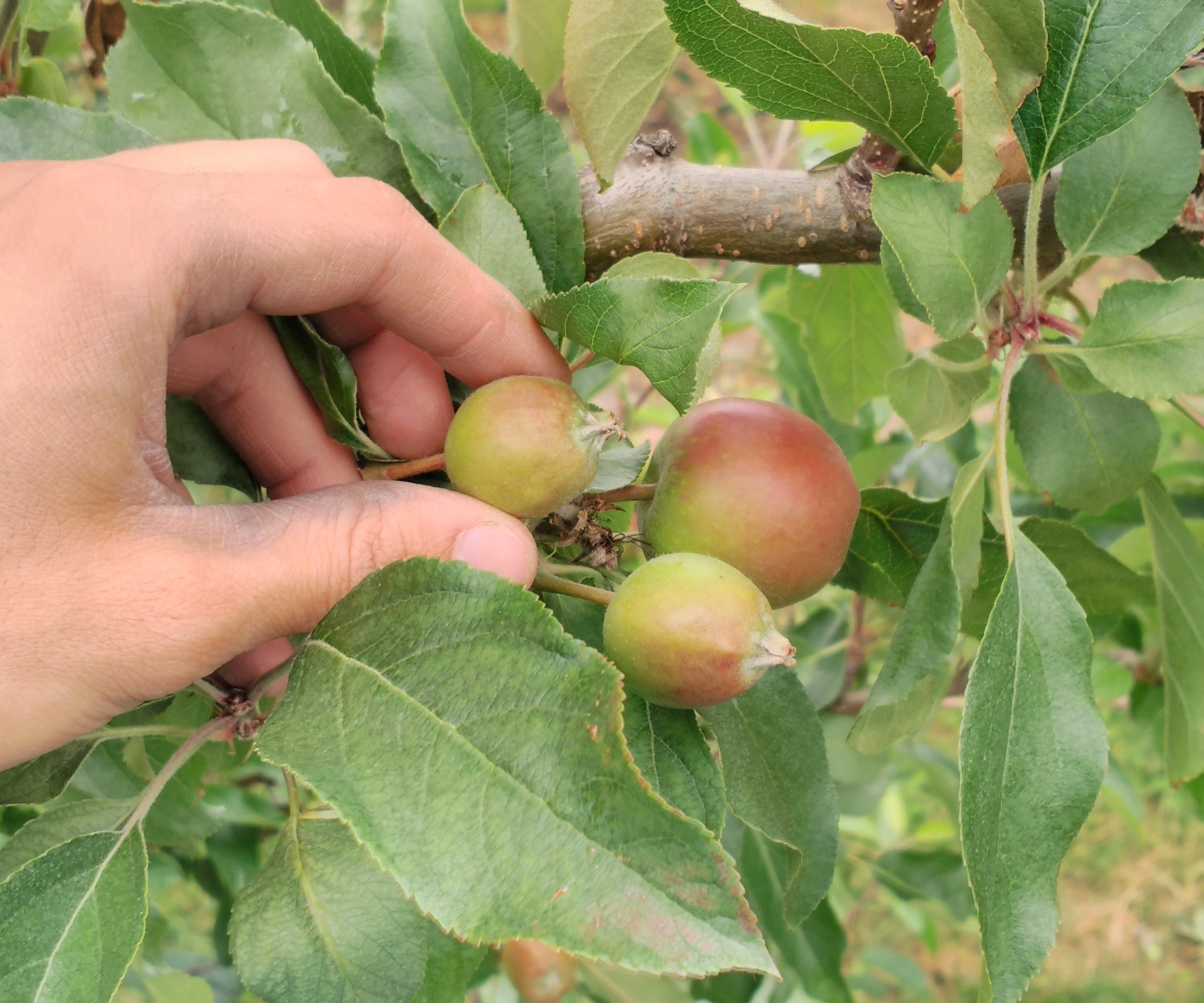
Are your fruit trees full of little fruits? It’s exciting if they are – but don’t be alarmed if they start to shed a few.
This is a phenomenon called ‘the June drop’ and it’s simply nature’s way of getting rid of excess fruits in early summer to stop the boughs from snapping under their weight and give the remainder the light and space they need to grow healthily.
Once this has finished, towards the end of June or in early July depending on the season's growing conditions, we can thin the fruit further still, by hand. Thinning varies according to the fruit variety, but here is a general guide:
- Plums are particularly prone to overcropping and heavy branches may need additional support. Leave one from every 2-3in (5-8cm) or a pair of fruits every 6in (15cm).
- Pears are one of the best fruit trees to grow, and often need thinning less than other varieties. Clusters can be reduced to two fruits 4-6in (10-15cm) apart.
- Cooking apples are thinned to one fruit every 6-9in (15-23cm), dessert apples to one every 4-6in (10-15cm)
- Thin peaches to one every 4in (10cm) when they are hazelnut-sized, then one every 8-10in (20-25cm) when walnut-sized.
- Thin nectarines to one every 6in (15cm).
10. Deadheading and weeding
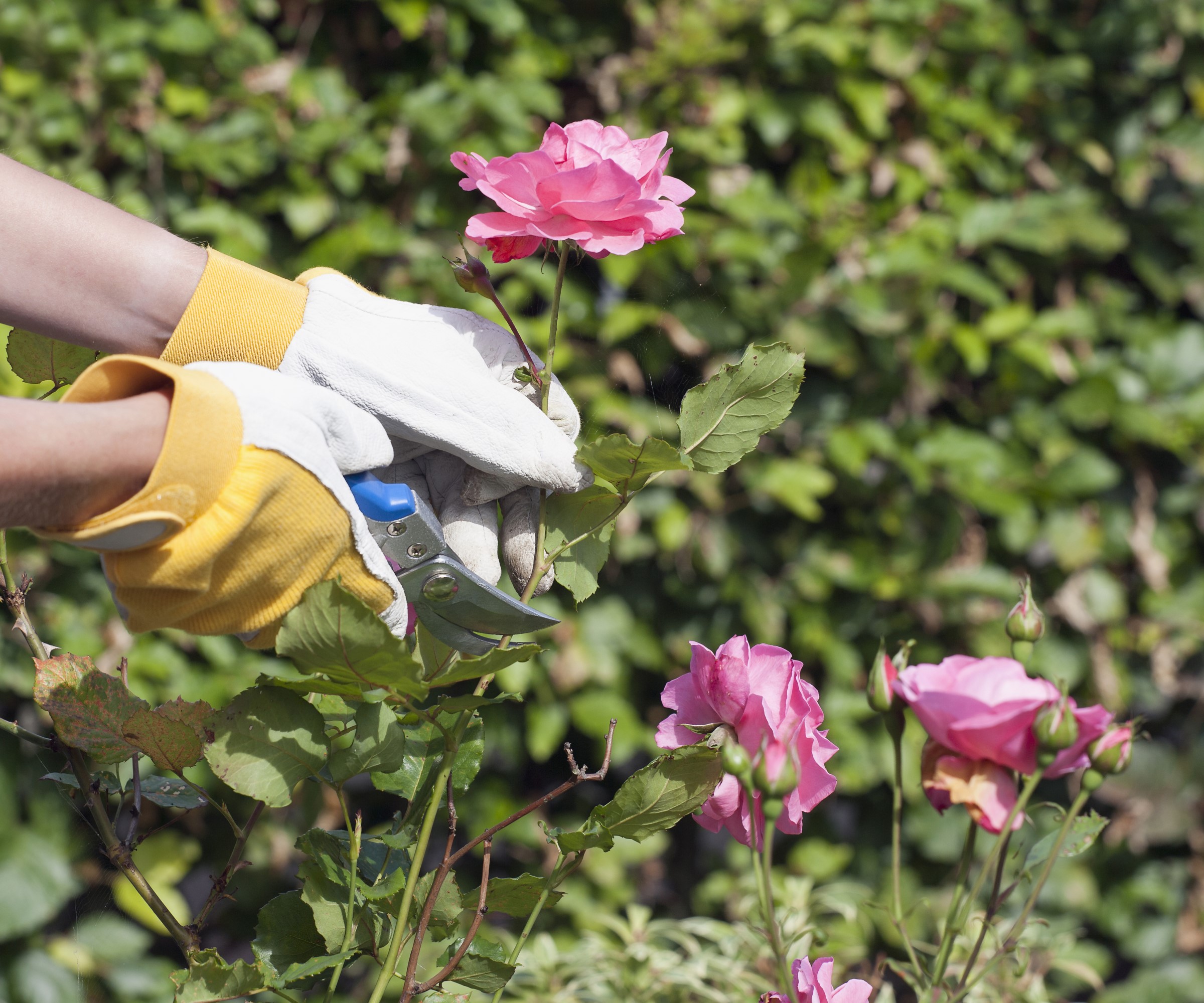
There is a lot to think about and do in the summer garden but don’t neglect the basic tasks of deadheading, weeding, feeding and watering.
Deadheading encourages plants to keep forming buds for prolonged blooming, and weeding removes the rivals of cultivated plants that are often faster growing and steal moisture, soil nutrients and sunlight.
Weeds can also harbour pests and diseases so dig them out and add them to the compost heap unless they have ripe seed heads. Adding weeds with ripe seedheads to the compost is a key composting mistake as the seeds will simply be spread around the garden when you mulch in the fall. Weeds with ripe seedheads should be left on the ground in a hot sunny spot to wither and die completely before going on the compost heap.
Timing is crucial for maximum watering efficiency. Early mornings and evenings are best when temperatures are lower so the moisture is not so quick to evaporate. Give plants a good soaking, right down to the roots, a few times a week rather than a light sprinkle every day.
When fertilizing your plants, start the season with a general purpose feed such as Green View Multi-Purpose fertilizer, a popular choice on Amazon, then switch to a high potassium tomato fertilizer once flower buds start to form.
11. Collecting and storing seeds
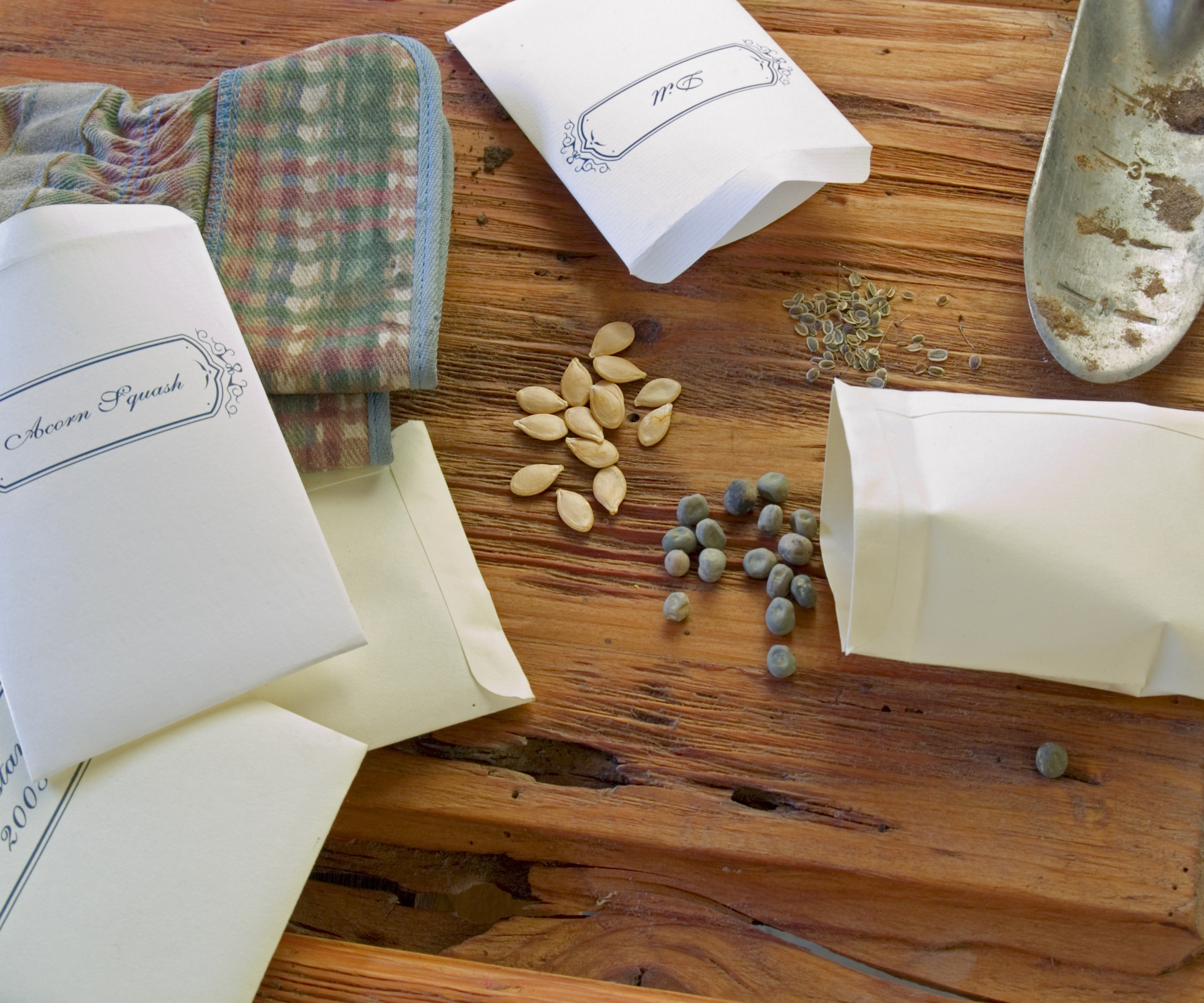
This is the prime season for collecting seeds so you can sow them where you want them to grow (as opposed to at Mother’s Nature’s whims) and save money at the same time.
Collect seeds when heads or pods have ripened and dried, turning brittle and usually brown or red. Gather them on a dry day to prevent them rotting, and if there has been rain, dry them before storing.
Shake the seeds free from their cases or pods into a container, then remove the debris and seal the seeds in a labelled envelope somewhere dark, cool and dry .
Alternatively, deadhead the seed pods and either shake their contents into an envelope or open them, as with honesty seeds, and remove the seeds to store as above.
Some seeds, such as hellebores, need sowing immediately but most will grow well when stored and dried. Annuals such as cerinthe, poppies, cornflowers, larkspur and sweet peas can be sown directly into the soil in fall or saved until next spring.
Later in summer you can also let a few pea and bean pods ripen and keep their contents to sow next spring. I also collect and save tomato seeds.
The other important job, of course, is to enjoy your garden this summer! You have worked hard to make it beautiful, so get out there when you can and make the most of it. Then when it comes to the cooler weather creeping in, be sure to have our fall gardening checklist on hand to ease you into the new season.







